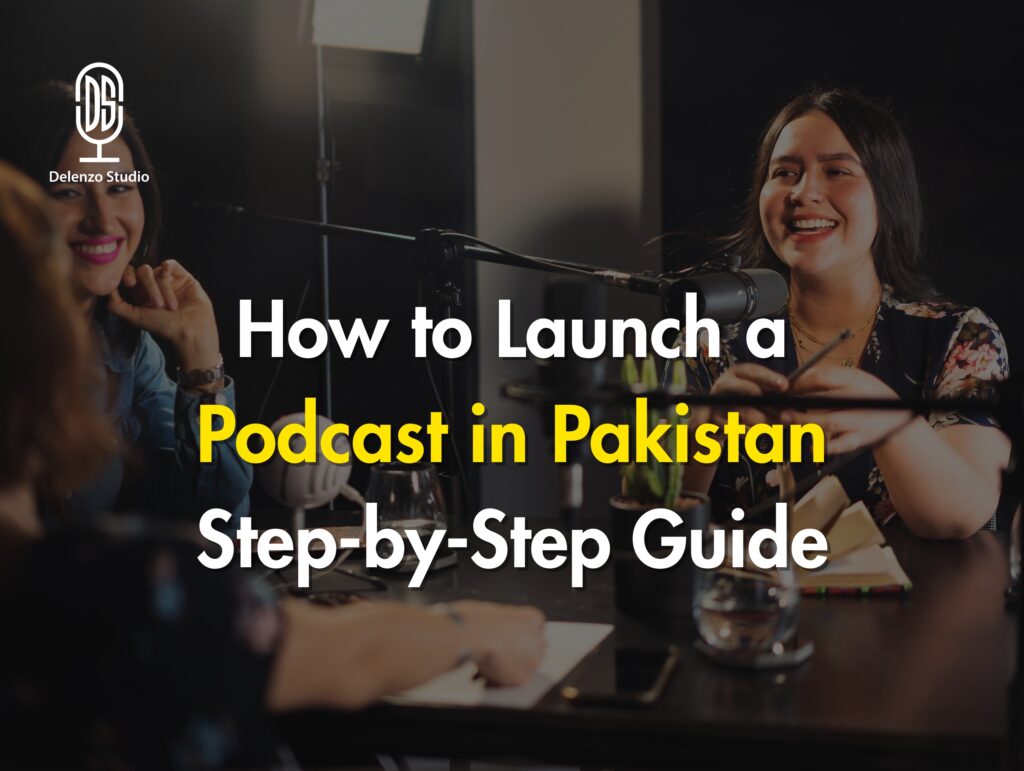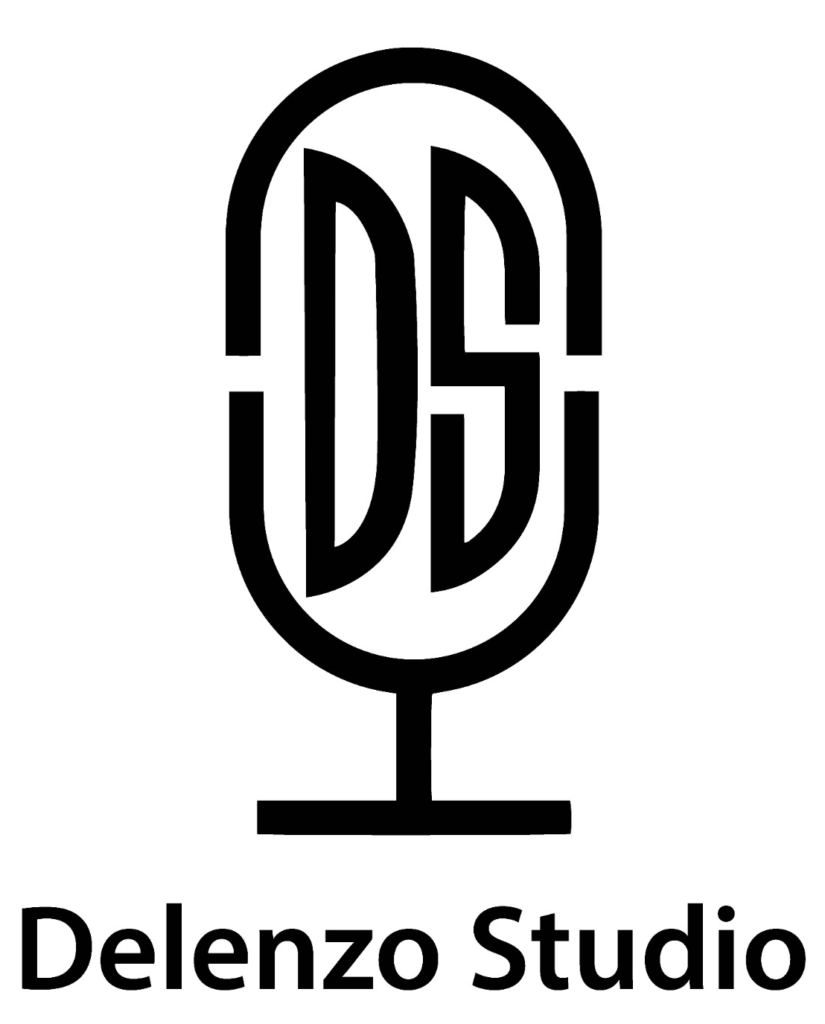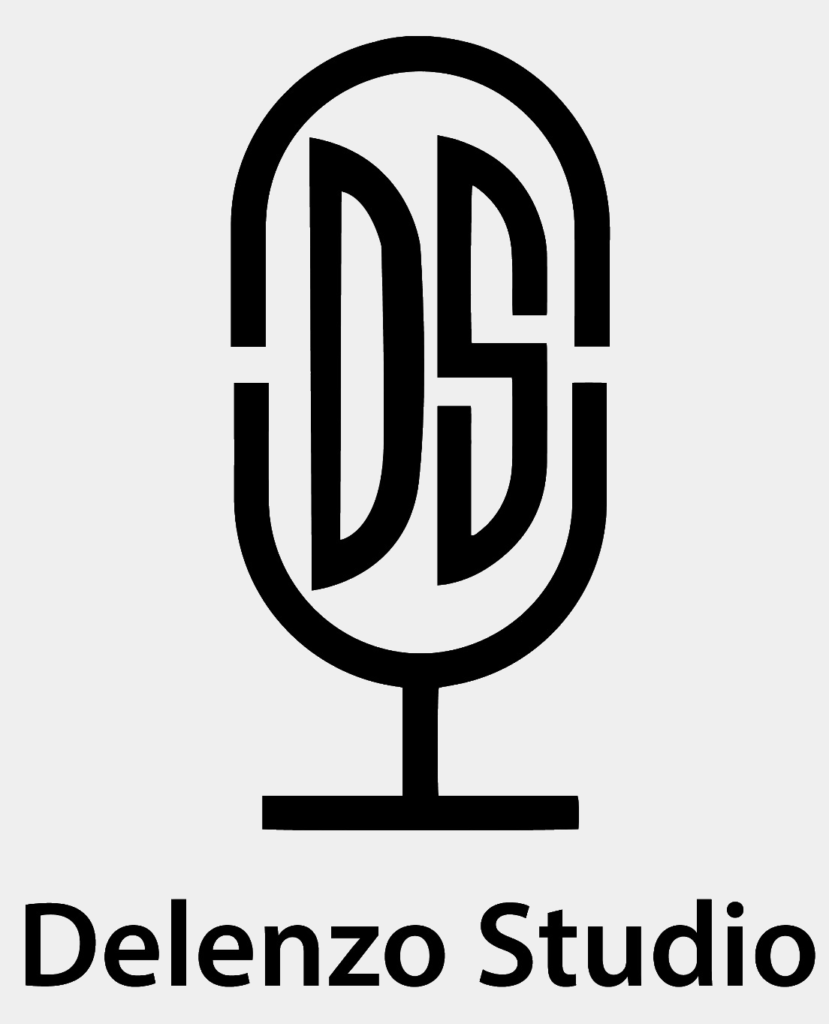
Launch a podcast in Pakistan is an exciting way to broadcast your voice and share your stories, knowledge, and experience with a new and expanding audience. Podcasts are super popular around here, too, and it seems everyone is looking for new, engaging content in varying subject matters. If you’re interested in joining the pack, there’s a process to follow to start up a podcast properly. This guide covers everything from how to formulate your concept to turning your show into a revenue stream.
By following this guide, you will be able to start a pro-style podcast that reaches out and attracts your target audience in Pakistan and beyond. Beginner or experienced, these clear steps will fill your podcast feed and make the process easy.
So, let’s dive right into how to start a podcast in Pakistan with confidence and creativity.
Step 1: Define Your Podcast Concept
Your podcast concept is the heart of your show. A clear idea ensures your episodes stay consistent and meaningful. Before you launch a podcast, decide what makes your content unique. A good idea will lead you in all the other activities that will come after, such as planning episodes and marketing. Lack of clarity will lead to loss of direction and effective communication to listeners.
Choose Your Niche
Your niche is what you will be and to whom you will target in the podcast. Choose a subject that you are curious about and familiar with, such as the technology field, health, business, or comedy. This will help in acquiring dedicated listeners who are interested in some issues. A good niche also provides an improved marketing and growth platform where it is easier to start a podcast and create an active, responsive community around your podcast.
Know Your Audience
Understanding your audience is important to have a podcast that connects with the right people. Learn about their interests, problems, and listening behaviors. Establish profiles of the listeners that include their age, gender, location, and lifestyle. Once you know your audience, you will be able to write episodes that will satisfy them and make them interested. This understanding is critical in order to successfully launch a podcast.
Step 2: Plan Your Podcast Content
Planning your content ahead of time saves effort and creates a smoother experience for listeners. Decide what message you want to share and how to deliver it. When you launch a podcast, consistent, well-structured content keeps your audience coming back. Without planning properly, the episodes may be unprofessional and sound messy, which may send away your target listeners before they can make contact.
Format & Style
Select a format that suits your style and topic. Popular formats include interviews, solo discussions, panel shows, or storytelling. Choose a tone that is helpful, professional, or educational that will represent your podcast’s brand. A regular format also makes listeners aware of what to expect, creates loyalty, and makes it easier to start a podcast with a familiar identity and approach.
Episode Planning
A good idea is to plan out every episode and then record. Produce a simple plan with an introduction, important points to be talked about, and a conclusion. This makes discussions natural and at the same time organized. Making the presentation beforehand helps to avoid strange pauses and misunderstandings, which result in successful delivery. Having a clear plan also saves you time in the future when you want to do some editing, and it also allows you to launch a podcast that feels polished and professional at the very beginning.
Step 3: Set Up Podcast Equipment
High-quality audio is essential for attracting and retaining listeners. Invest in reliable equipment to make your podcast sound clear and professional. When you launch a podcast, good sound quality creates a positive impression and builds credibility. Poor audio, on the other hand, can make even great content unappealing. Thankfully, there are affordable Podcast Equipments to get started without overspending.
Essential Gear for Beginners
At a minimum, you will require a good microphone, headphones, and audio recording software. USB microphones are affordable and user-friendly, which is perfect in case one wants to start a podcast and can afford it. Over time, you will be able to upgrade to the more sophisticated equipment, such as mixers and pop filters. Premium equipment will cut down on background noise and ensure that your recordings are clear to maintain the attention of your audience and keep them engaged.
Home Studio vs Professional Studio
A home studio is easy and affordable, particularly for less experienced people. All you require is a room that is not noisy and needs simple soundproofing. Nevertheless, a professional studio has better equipment and professional assistance. The selection of the two will be based on your financial ability and ambitions. When you start a podcast and plan to grow it long-term, it is possible to have high quality and consistency of production provided by a professional studio.
Delenzo Studio has a good professional take on it, nice modern looking studio and top of the line equipment to make your podcast sound fantastic and reach a wider audience.
Podcast Equipment Rental Options
Renting is a clever idea in case one is overwhelmed by the idea of buying equipment. There are several studios in Pakistan that rent podcast equipment such as microphones, mixers, and recording studios. It is affordable to those who are new to the business and are testing the waters. Renting will give you the opportunity to kickstart a podcast easily and see what tools best suit your recording purpose.
Step 4: Record Your First Episode
It is not an easy task to record your first episode. Preparation makes you relaxed and gives professional results. This initial episode determines the tone of subsequent episodes when you start a podcast. Clarity, pacing, and delivery are key elements to concentrate on to create a good first impression. Do it before hitting record to increase confidence and minimize unnecessary mistakes in the session.
Choosing the Right Environment
Select a quiet location free of background noise. Soft furnishings like carpets, curtains, and cushions help absorb echo and improve audio quality. Switch off the noisy appliances, such as fans or phones, before recording. A controlled environment is extremely important when you release a podcast, and you want your listeners to listen to everything you are saying without any distractions in the form of sounds, etc.
Recording Process
Follow your episode outline, but stay flexible during recording. Talk clearly and slowly. Test a minute recording to see the levels of the microphone and the clarity of the audio first. Naturally, separate the topics with a pause to simplify further editing. Recording without any problems is the way to make sure that you release a professional-sounding podcast that will leave your listeners attentive to the very end.
Step 5: Edit Your Podcast Professionally
Editing transforms raw audio into a polished, professional episode. It removes mistakes, improves clarity, and adds flow. After establishing a podcast, heavy editing is necessary to establish credibility. Good sound, pure audio, motivates people to come back and refer others to your radio. Missing this part may make your podcast sound unprofessional, regardless of the interest or usefulness of the content you have.
Editing Tools
Use free software like Audacity or premium options like Adobe Audition for editing. These instruments enable you to cut mistakes, tone out volume, as well as improve the sound quality. Through online instructions, even beginners can learn simple editing skills. Text editing will make sure that by the time you release a podcast, all the episodes sound pleasant, professional, and prepared to be distributed on different platforms and streaming services.
Adding Music & Effects
Music and sound effects give you a unique and vibrant podcast. Do use royalty-free music to keep you out of copyright trouble. Intro and outro music create your brand’s signature sound. Limit effects in order to feature live key moments without losing voices. When you premiere a podcast, these are the components that help set the tone and build an identifying experience for your listener to consistently look forward to.
Step 6: Publish Your Podcast Online
Publish your podcast on platforms such as Spotify, Apple Podcasts, YouTube and Google Podcasts. The submission process on each platform is different, but they all provide a potential audience of millions. Distribution allows you to scale and grow faster. When you initiate a podcast, being available everywhere means that your listeners can conveniently find and listen to your episodes whenever they want.
Choose a Podcast Hosting Platform
Hosting platforms store your audio files and distribute them to podcast apps. Popular options include Anchor, Podbean, and Buzzsprout. Consider features like analytics, ease of use, and pricing when choosing one. A strong hosting service makes it simpler to launch a podcast and maintain a smooth listener experience without worrying about technical issues or storage limitations for episodes.
Distribute to Popular Platforms
Submit your podcast to services like Spotify, Apple Podcasts, and Google Podcasts. Each platform has its own submission process but offers access to millions of potential listeners. Distribution expands your reach and helps you grow faster. When you launch a podcast, being available on multiple platforms ensures your audience can easily find and listen to your episodes anytime.
Step 7: Promote Your Podcast in Pakistan
Without promotion, even the best podcasts can go unnoticed. Marketing ensures your show reaches its intended audience. When you launch a podcast, create a promotion plan from the start. Use a mix of online and offline strategies to grow visibility. Building a listener base takes time, but consistent promotion will lead to long-term growth and loyal followers.
Social Media Marketing
Utilize social media channels, including Facebook, Instagram, and TikTok, to promote episodes. Steadily is the way to increase your audience. Advertisements can also increase visibility. Social media, a low-cost and effective means of starting a podcast, is the only place to directly reach listeners throughout Pakistan and in some cases around the world.
SEO & Blogging
Create a blog to support your podcast and improve discoverability. Use keywords such as launch a podcast, “start a podcast,” and “podcasting tips” organically in your blog content. Write about your chosen niche to generate search engine traffic. SEO is slow but organic growth that gets you in front of new listeners over time.
Collaborations & Guest Appearances
Collaborate with other podcasters, influencers, or subject matter experts to expand your reach. Guest posts allow new insights and opportunities for cross-promotion. Teaming up also increases credibility and provides networking prospects. When you begin a podcast, networking with your industry peers is not only helpful to get the word out but also empowers you as an authority on the Pakistani podcasting circuit and beyond.
Step 8: Monetize Your Podcast
Once you have a steady listener base, turn your podcast into a revenue source. When you launch a podcast, focus on growth first before monetizing. Consistent quality builds trust, which attracts sponsors and paying subscribers. Multiple monetization options exist, allowing you to earn money while continuing to provide value to your audience and expanding your brand reach.
Sponsorships & Ads
Brands may pay to advertise their products during your episodes. Negotiate deals based on audience size and engagement. Deliver ads naturally to keep listeners engaged. Sponsorships are a common way to launch a podcast into profitability while maintaining content quality. As you build up your audience and gain more listeners, you get to lock in better-paying deals with reputable companies or recognizable brands.
Paid Memberships & Patreon
Provide bonus content, ad-free episodes, or early releases via platforms like Patreon. Sticking listeners are sometimes willing to pay for superior experiences. Memberships provide recurring revenue and deeper connections to their audiences. This strategy is best employed after you’ve established trust and showcased the unique value of your content to a consistent flow of premium episode releases while running your podcast.
Courses & Digital Products
Monetize your knowledge with online courses, e-books or other digital products. Such offerings have value beyond the podcasts and produce another revenue stream. Feature these on your show to boost sales. For those of you getting ready to premiere a podcast, digital products can help create multiple revenue streams, as well as position power within your niche and grow influence.
Common Mistakes to Avoid
To start a podcast, it is possible to save time and develop more quickly when you avoid making the most common mistakes. A lot of beginners commit mistakes that impact quality and audience development. Stay aware of these pitfalls to create a professional and successful podcast experience.
- Skipping proper planning before recording episodes.
- Inconsistent posting schedule that confuses listeners.
- Using low-quality audio equipment or setup.
- Ignoring audience feedback and suggestions.
- Lack of promotion on social media and other platforms.
- Overloading episodes with unnecessary content or filler.
- Failing to research your niche and target audience.
- Rushing to monetize before building listener trust.
Final Thoughts
To sum up, in order to successfully launch a podcast in Pakistan, you need to mix creativity with strategy and persistence. From choosing a niche to promoting and monetizing, every aspect is important. With the local podcast culture greatly expanding, new listener bases are opening up. If you can be passionate about your subject and stick with making content for a while, your own show can become an influential voice in whatever niche it is covering.
FAQS
Starting can cost as little as PKR 5,000–30,000. You need a good microphone, headphones, and editing software. Optional costs include hosting, marketing, and branding. Many free tools exist to minimize expenses initially.
No, you don’t. Any plain room that is well-equipped with a soundproofing system and a good microphone is sufficient. A number of successful podcasters record in their homes. However, a professional studio can assist in the improvement of sound quality. It also gives professional advice and resources to make your podcast sound professional.
Yes, but it takes time and consistent audience growth. Income comes from sponsorships, ads, listener donations, and exclusive content. Popular niches include culture, business, and entertainment. Success depends on building loyal listeners and delivering valuable content.
Market on social media, YouTube, on WhatsApp groups, and partnerships with local creators. Appear at community events, sell to web-based media, and talk to listeners. Regularity, search engine-friendly titles, and distribution in Urdu or regional languages increase reach to a great extent.



